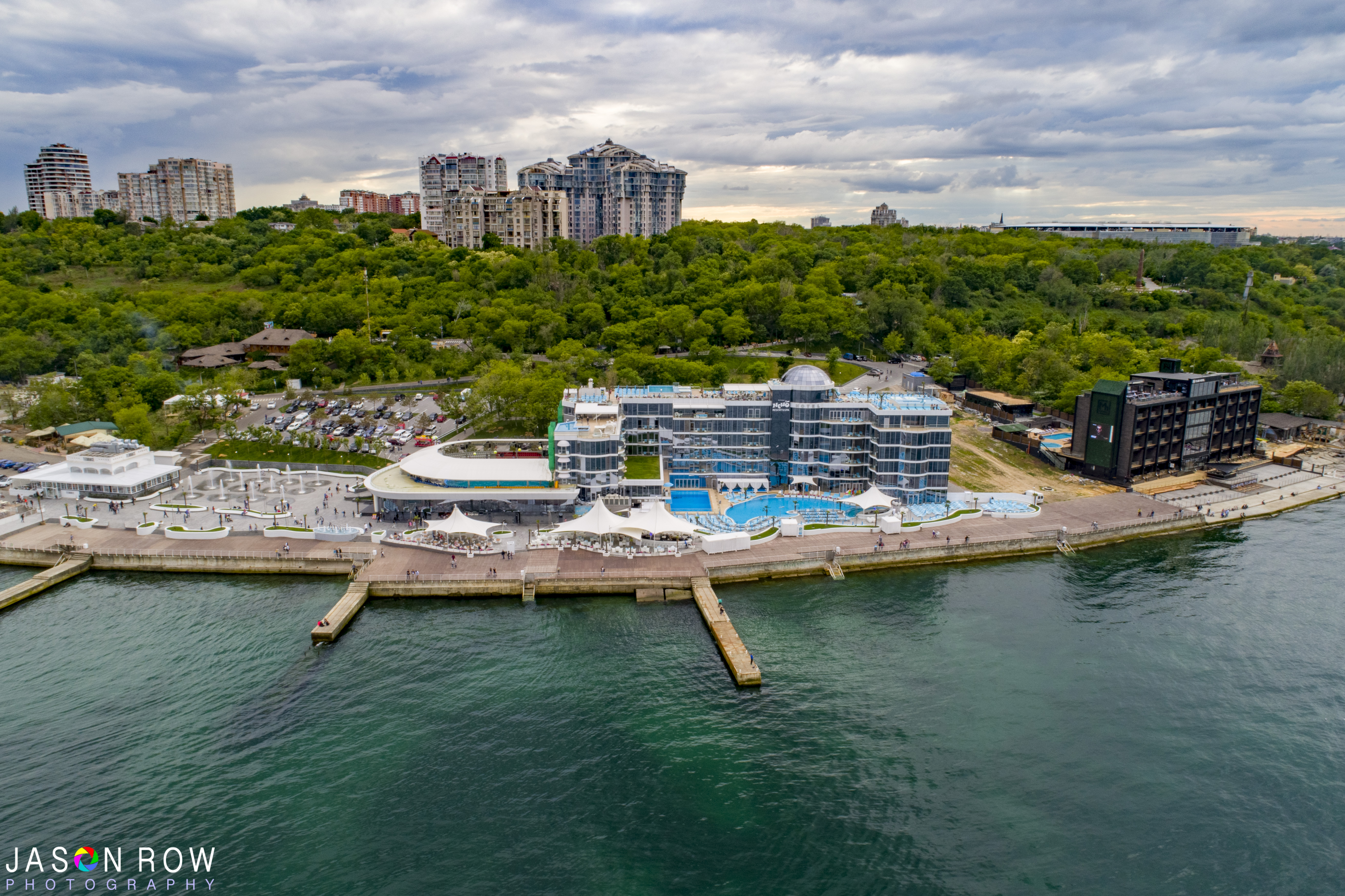Drones have rapidly become powerful tools for photographers and filmmakers alike. Their ability to soar above a scene and give an entirely new perspective to our images makes them increasingly popular. With that popularity, however, comes some negativity, some induced by some drone fliers themselves, others simply myths propagated by people that vehemently dislike the technology.
Some of this negativity may put off some prospective buyers who would otherwise have bought into this amazing hobby. Today we are going to look at some of the myths and mistruths about flying drones. I will not delve too deeply into legal matters as this will vary from country to country. I will, however, look at some of the more general misconceptions about drone flying.
Drones Are Unreliable
A quick look through Youtube is enough to scare any potential drone flyer away. Crashes, flyaways, bad designs. The thing is though, a lot of these videos are simply trying to go viral, to garner likes and of course make money. It's human nature that if something goes wrong people are going to post about it. However, what you are seeing is a very small exception to the many drone fliers that do not encounter problems.
A drone is a complex sophisticated piece of equipment and must be treated as such. Many of the crashes and fly aways seen on video are caused by operator error. From simple things like not fully charging batteries and then flying to far away over water, to not attaching propellors correctly or not paying attention to the surroundings. Like flying a plane there are an important set of checklists to accomplish before, during and after flying. Stick to these and drones are incredibly reliable.

Drones Can Be Dangerous
Of course, they can. Rapidly spinning propellors, dead weights dropping from the sky even buzzing airliners on approach. All are issues that can happen and have happened. However, most countries have a strict set of rules about drone flying. These include not flying over groups of people, busy roads, buildings. You must stay a set distance away from any airport and remain below a certain height, usually 120m or 400ft.
The vast majority of people adhere to these rules and are responsible fliers. There are however a few idiots out there but they are increasingly being prosecuted for their actions. Personally, I have no issue with a country requiring drone registration or with drone manufacturers geo-locking locations that are dangerous to fly in. There are still huge amounts of beautiful open spaces where you can fly a drone legally and safely.

Drones Give Poor Image Quality
Compared to your DSLR, yes the image quality will be poor. Compared to your iPhone or Android, the quality will be on a par with, if not better. However, we are now beginning to see the advent of some very high-quality sensors in affordable drones.
The DJI Phantom 4 Pro and Advanced models are leading the way. They feature Sony 1” Exmoor sensors, the same as in the Sony RX series of advanced compacts. They can shoot 4K at up to 60fps with a 100mb bit rate. They also shoot 20mp RAW images and can auto-bracket a 5 image sequence.
Mounted on a gimbal the image quality can be superb. This, of course, is just the beginning, as drone technology improves so will their ability to carry more and more sophisticated cameras. Just like with the mirrorless revolution, DSLR quality in drones is just around the corner.

Drones Invade Privacy
Yes, they can invade people’s privacy. However, there is a big difference between privacy in a private place and privacy in a public place. We all expect privacy in our own homes and the vast majority of drone fliers will not fly over people’s property. However, if you are in a public, open location you have no right to privacy.
A drone flying over a public park is no more invasive to privacy than a ground-based photographer with a telephoto lens. He or she has every right to photograph you, it's down to the individual photographer if they do actually want to. The vast majority of times a drone flier will have no interest in photographing a person in a public place unless that person is doing something out of the ordinary.
There is another side to this mistruth that is not often understood by non-photographers. The vast majority of prosumer and consumer drones use very wide angle lenses. Typically 20-24mm focal length. Even a mere 20m meters away, a person looks very small, virtually unrecognisable in most drone shots. The days of 300mm f2.8 armed drones is a little way off yet.

There is a lot of hate for drones from certain quarters out there. Much driven by ill-informed news media who prefer clicks to facts. This, in turn, is picked up by people that need something to hate something directing their ignorance at drone fliers.
As fliers, our first duty is to be aware of the rules and regulations and the safety of our aircraft. If we do that, we can rationally explain the rules to anyone that queries us. If that person refuses to listen, the best bet is to bring the drone home and fly another time.
Personally, I have never encountered any issues. The biggest problem I have is people are so interested in what I am doing that it can be distracting from the actual flying.
Don't let myths and misinformation prevent you from joining what is a remarkably fun and creative pastime.





1 Comment
Jason,
It is a great learning about the myths and facts about the drone flying. Really helpful data for the one who wants to enjoy the photography legally with the drone. Thank you for sharing.